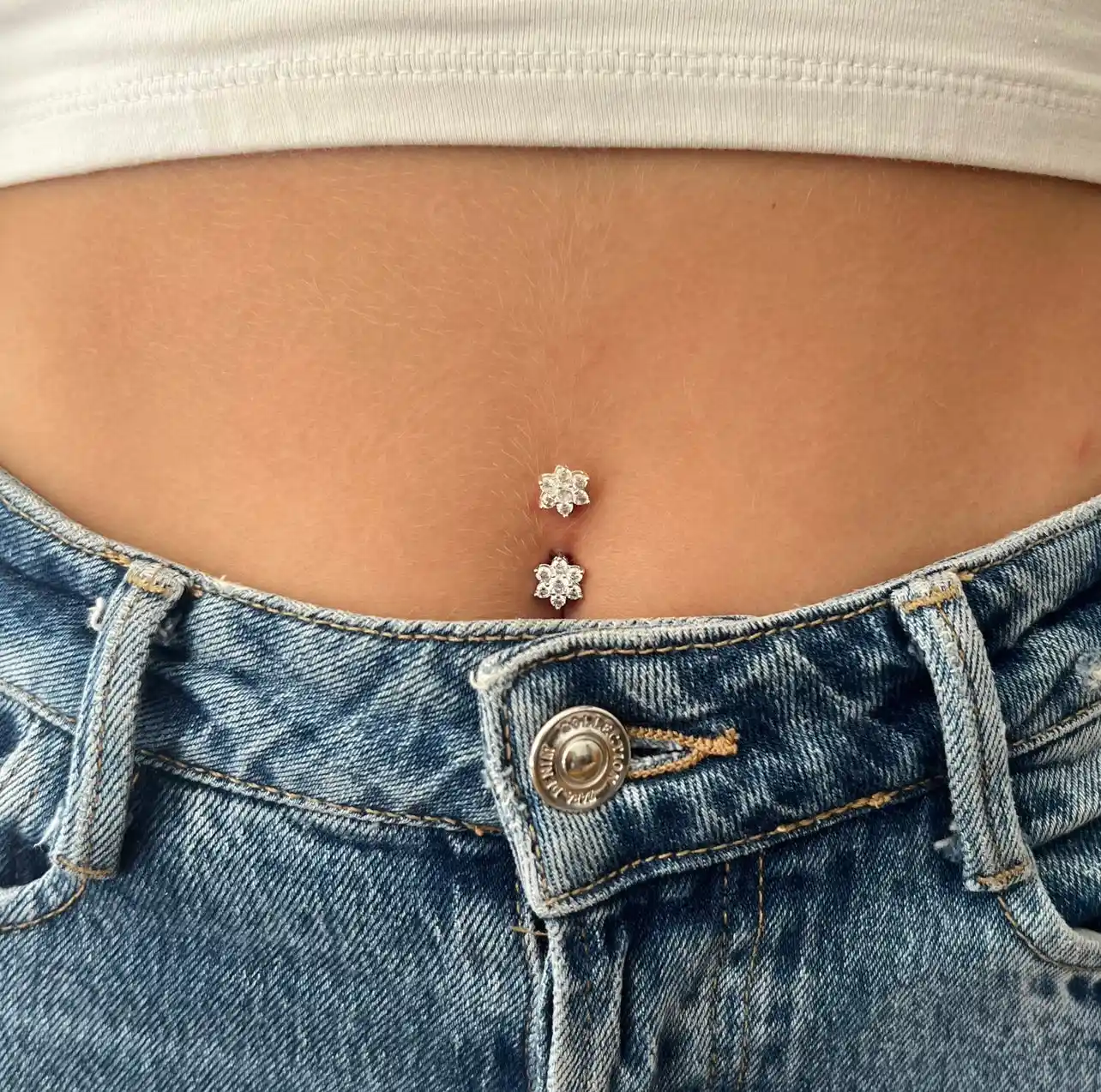What Is an Isabella Piercing?
The world of body piercings is vast and diverse, with unique and striking options for those looking to express themselves in creative ways. One such piercing gaining attention for its alluring look is the Isabella piercing. But what exactly is an Isabella piercing? This article will guide you through everything you need to know, from the piercing procedure itself to aftercare tips, potential risks, and the meaning behind this edgy form of self-expression.
The Basics of an Isabella Piercing
An Isabella piercing, also known as a clitoral hood piercing, is a type of genital piercing that is typically placed on the clitoral hood, the skin that covers the clitoris. Unlike more traditional piercings, this body modification involves sensitive areas of the body, making it crucial to consider factors like pain tolerance, hygiene, and aftercare before deciding if it’s the right piercing for you.
How Is an Isabella Piercing Done?
The process of getting an Isabella piercing requires precision and expertise. Like most genital piercings, it should only be done by a professional piercer with experience in sensitive areas. Here’s a breakdown of the general procedure:
- Consultation and Preparation: Before getting pierced, you’ll likely have a consultation with your piercer to discuss the procedure, potential risks, and how to prepare. It’s essential to be in good health and to follow any advice given by your piercer to ensure the best experience.
- Marking the Spot: The piercer will carefully mark the spot on the clitoral hood where the piercing will be placed. This step is vital to ensure the piercing is aligned correctly for both aesthetic and functional purposes.
- The Piercing: The actual piercing involves using a sterilized needle to create a small hole in the clitoral hood. Once the hole is made, the piercer will insert a jewelry piece (typically a barbell or hoop). The process is relatively quick, but as the area is sensitive, it’s important to take your time and not rush.
- Aftercare Instructions: After the piercing is completed, the piercer will provide detailed aftercare instructions, which should be followed strictly to avoid infection and ensure proper healing.
Why Choose an Isabella Piercing?
The Isabella piercing is a popular choice for those seeking a more unique and intimate piercing. It offers several benefits, including:
- Aesthetic Appeal: When done correctly, an Isabella piercing can enhance the appearance of the genital area, creating a delicate, feminine look that many find empowering.
- Personal Empowerment: Many individuals choose this piercing as a form of self-expression and empowerment. It offers a way to feel more connected to one’s body and personal sense of style.
- Sexual Sensitivity: Some people report that an Isabella piercing increases sensitivity and sexual pleasure. However, this varies from person to person, and it’s important to note that results can differ.
- Cultural Significance: For some, genital piercings, including Isabella piercings, have cultural or spiritual meanings, contributing to a deeper sense of identity or connection with their body.
The Pain Factor
Pain tolerance varies from person to person, and while some may find the procedure uncomfortable, others report minimal pain. The clitoral hood is a sensitive area, so it’s essential to be prepared for some discomfort. However, many people who have undergone the Isabella piercing procedure describe it as brief, with most of the pain dissipating soon after the piercing is complete.
Aftercare Tips for an Isabella Piercing
Proper aftercare is crucial to ensuring that your Isabella piercing heals without complications. Following these tips can help reduce the risk of infection and promote healthy healing:
- Clean Regularly: Use a saline solution to clean the pierced area twice a day. Avoid harsh chemicals or soaps that could irritate the piercing.
- Avoid Touching: While the piercing heals, avoid touching it with dirty hands. Always wash your hands before cleaning or changing the jewelry.
- Wear Loose Clothing: During the healing process, avoid tight clothing that could cause friction or irritation. Opt for loose-fitting underwear to allow the area to breathe.
- Monitor for Infection: Keep an eye out for signs of infection, such as redness, swelling, excessive pain, or discharge. If any of these occur, seek medical advice immediately.
- Don’t Change Jewelry Too Soon: Give the piercing adequate time to heal before switching out jewelry. Changing it too soon can cause irritation or complications.
- Avoid Sexual Activity Initially: It’s advisable to avoid sexual activity until the piercing has fully healed, as the friction could cause irritation or even dislodge the jewelry.
Potential Risks of Isabella Piercing
Like all piercings, Isabella piercings come with some potential risks. While the procedure itself is generally safe when done by a professional, complications can arise, especially if aftercare instructions are not followed. Some potential risks include:
- Infection: If the piercing is not cleaned or cared for properly, it can become infected. This is why it’s essential to adhere to all aftercare guidelines and keep the piercing clean.
- Rejection: In some cases, the body may reject the piercing, causing it to push the jewelry out. This is more likely to happen if the piercing is too shallow or if the body is sensitive to foreign objects.
- Scarring: Although rare, scarring can occur if the piercing doesn’t heal properly or if there’s an infection.
- Nerve Damage: There’s a slight risk of nerve damage when piercing the clitoral hood. This could result in reduced sensitivity, although it is a very rare occurrence when performed by an experienced piercer.
How to Decide If an Isabella Piercing Is Right for You
Choosing to get an Isabella piercing is a personal decision. Before committing, consider the following factors:
- Pain Tolerance: Are you comfortable with the idea of genital piercings? The process can be uncomfortable, so you’ll need to consider your own pain tolerance before moving forward.
- Aftercare Commitment: Healing time for a genital piercing can take several months. Are you willing to invest time and effort into the aftercare process to ensure your piercing heals properly?
- Lifestyle and Work Considerations: Some workplaces or social settings may not be conducive to body piercings, especially genital piercings. Think about how the piercing might affect your daily life and work environment.
- Health Status: Always ensure that you are in good health before getting a piercing. People with certain medical conditions (such as diabetes or compromised immune systems) should consult their healthcare provider before undergoing any type of body modification.
Conclusion
An Isabella piercing is a bold and empowering choice for those seeking to express themselves through body modification. Whether you’re interested in the aesthetic appeal, potential sexual benefits, or simply want a unique piercing, it’s important to carefully consider the procedure and its aftercare before deciding if it’s right for you.
If you’re ready to move forward, make sure to consult a professional piercer who specializes in genital piercings, and follow all aftercare instructions to ensure the best healing process. And most importantly, remember that body modifications should always be a personal choice that aligns with your values, comfort, and lifestyle.






